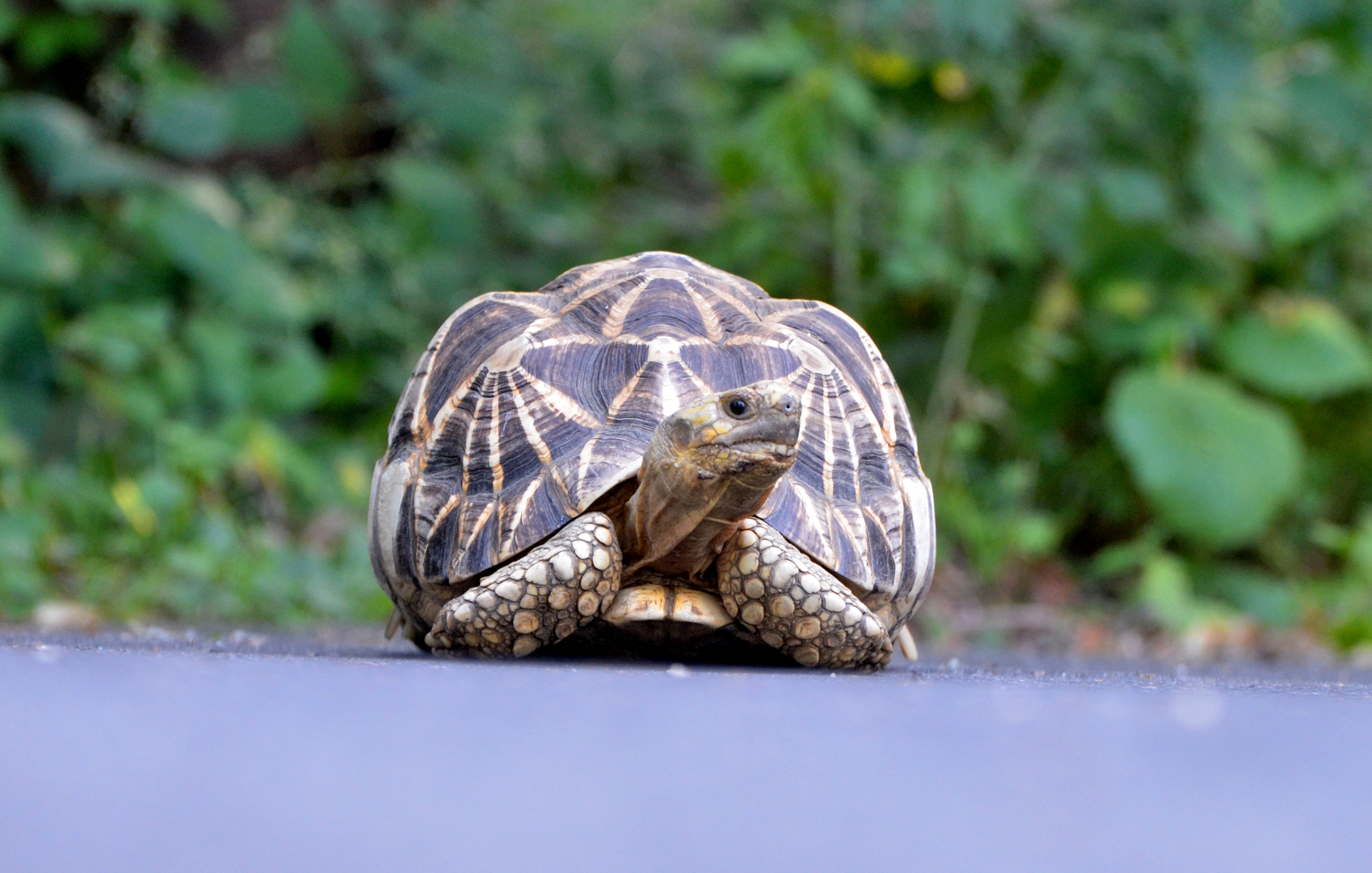

Plant foods include filamentous algae, lily pods, tule and cattail roots.įemale pond turtles usually reach sexual maturity aroundġ0-15 years of age. Tadpoles, frog eggs, snails, leeches, aquatic beetles, dragonfly larvae and fish. Pond turtles spend most of their lives in water, but they also require terrestrial habitats for nesting.Ĭlick the map for information about the habitat and range of the Western Pond Turtle in Washington. This aquatic turtle lives in streams, ponds, lakes, and permanent and ephemeral wetlands. Western pond turtles disappeared from the Puget lowlands by the 1980's, with only a few isolated adult turtles remaining. It was once the only species of turtle found in the Puget Sound area, and was considered common. The range of the western pond turtle extends from the Puget Sound lowlands in Washington through western Oregon and California, south to Baja California. The head and legs are dark with possible yellow markings (but not stripes like the painted turtle).Īdult pond turtles range from 15-20 cm (6-8 inches) in length and weigh 448-1100 g (1-2.4 pounds).ĭimorphism: Male has a lighter throat than the female tail is much longer than that of female with cloaca extending past end of shell, whereas cloaca of female does not extend past end of shell shell usually flatter and less marked than a female's, with underside concave. The plastron (the lower shell) is black and yellow.

The coloration of the western pond turtle ranges from brown to black on the carapace (the upper shell), with lighter marbling visible close up. NatureMapping Animal Facts Western Pond TurtleĪlso known as the Pacific Freshwater Turtle, Pacific Pond Turtle, Pacific Mud Turtle, and Pacific Terrapin

Western Pond Turtle Facts - NatureMapping


 0 kommentar(er)
0 kommentar(er)
